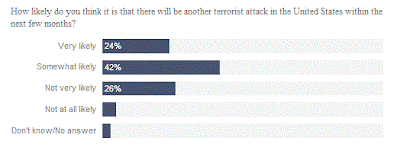Do you want to teach your students about polling methods and associated concepts (reliability, generalizability, sampling error)? The New York Times' Learning Network offers a lesson plan based on New York Times content to help students learn what basic skills are needed to read a poll, how scientifically sound polls are, how one can gauge the reliability of poll data, and how to read and evaluate poll methodologies and results. Students then practice administering and interpreting polls. The lesson plan includes questions to guide class discussion.
Students could also use the insights they gained from these exercises to analyze and discuss this TIME Magazine survey in which questions about values and lifestyle are used to predict a person's political ideology: http://science.time.com/2014/01/09/can-time-predict-your-politics/
Read more:
http://learning.blogs.nytimes.com/2009/11/30/evaluating-polling-methods-and-results/?_r=0
http://www.nytimes.com/2009/11/02/technology/02mbox.html
http://learning.blogs.nytimes.com/
http://science.time.com/2014/01/09/can-time-predict-your-politics/
About TeachingwithData.org
TeachingWithData.org is a partnership between the Inter-university Consortium for Political and Social Research (ICPSR) and the Social Science Data Analysis Network (SSDAN), both at the University of Michigan. The project is funded by NSF Award 0840642, George Alter (ICPSR), PI and William Frey (SSDAN), co-PI.
Translate
Search This Blog
Popular Posts
-
A study recently featured in the Journal of Comparative Economics examines income inequality in urban China. Capital income increased d...
-
A recent post on the Economist’s Graphic Detail blog includes a global map of cigarette smokers in 2010, as reported by the American Cance...
-
The month of March signaled the beginning of National Women’s History Month, as well as the annual Oscar Awards ceremony, which was held on...
-
According to the Washington Post, since 2009, the unemployment rate in the United States has dropped by 50% . The traditional...
-
If you’ve hit the point in the semester where your classes have fallen into routines and you’d like to spice things up a bit, this webinar i...






No comments :
Post a Comment